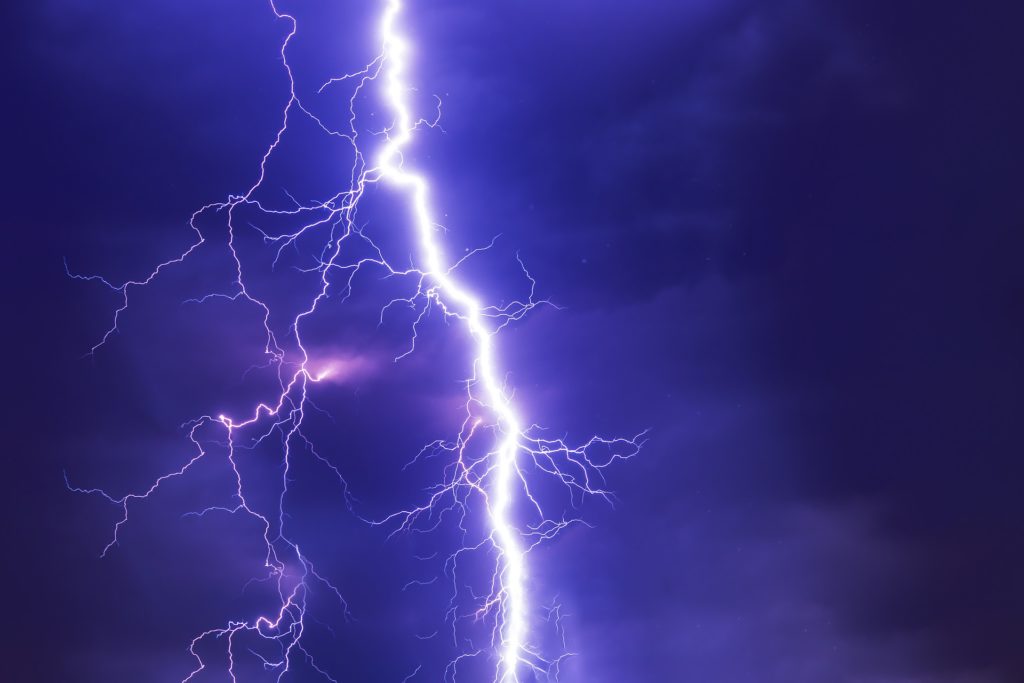Flash fiction is exactly what it sounds like — fiction that can be read in a flash.

It has been here for centuries under a variety of aliases: myths, fables, parables, fairy tales, nursery rhymes, tall tales, and legends. It also appears in the modern age under names such as: ghost stories, urban legends, gossip and jokes.
The length of flash fiction has been established to be between 250 and 2,500 words long, but most publications set this limit as 1,000 words.
Despite their brevity, these stories are complete stories. They have a definite beginning, middle, and end. They have character, conflict, and all of the other elements that define a short story, except that they are intensely compressed.
From Pamelyn Casto’s article, Flashes on the Meridian: Dazzled by Flash Fiction:
Flash Fiction carries many names, Other names for it include short-short stories, sudden, postcard, minute, furious, fast, quick, skinny, and micro fiction… In China this type of writing has several interesting names: little short story, pocketsize story, minute-long story, palm-sized story, and my personal favorite, the smoke-long story (just long enough to read while smoking a cigarette).
Resurging popularity
Flash fiction is well-suited for 21st century readers. With our hectic schedules, long hours at the office, and endless lives spent in the car commuting to work or running the kids to soccer practice, there is a demand for stories that can be read quickly and yet still satisfy the reader.
The Internet has also changed the way we read, by stressing short, engaging writing that gets right to the point, without requiring us to scroll down the page to read it. Twitter has re-defined flash in the terms of number of characters (140) now, instead of a number of words.
Technology such as smart-phones, Apple’s iPod Touch, and Amazon’s Kindle have also created a need for content that can be read quickly and formatted for these devices to support our mobile lives.
Online e-zines and literary journals love sponsoring contests for the best flash fiction. It is a wonderful, low-risk method for finding new writing talent. Even mainstream publications such as Esquire, Wired, The New Yorker, and Vanity Fair publish flash fiction. Recently, even Oprah Winfrey’s O Magazine featured flash fiction in its Summer Reading Issue.
Whatever you call it, flash fiction is here to stay.
Here are a couple of other definitions of flash fiction:
- From Wikipedia.org: http://en.wikipedia.org/wiki/Flash_fiction
- From 365 Tomorrows.com: http://365tomorrows.com/03/23/what-is-flash-fiction/
Check them out, and feel free to comment on what your definition of, or guidelines for, flash fiction might be below.
